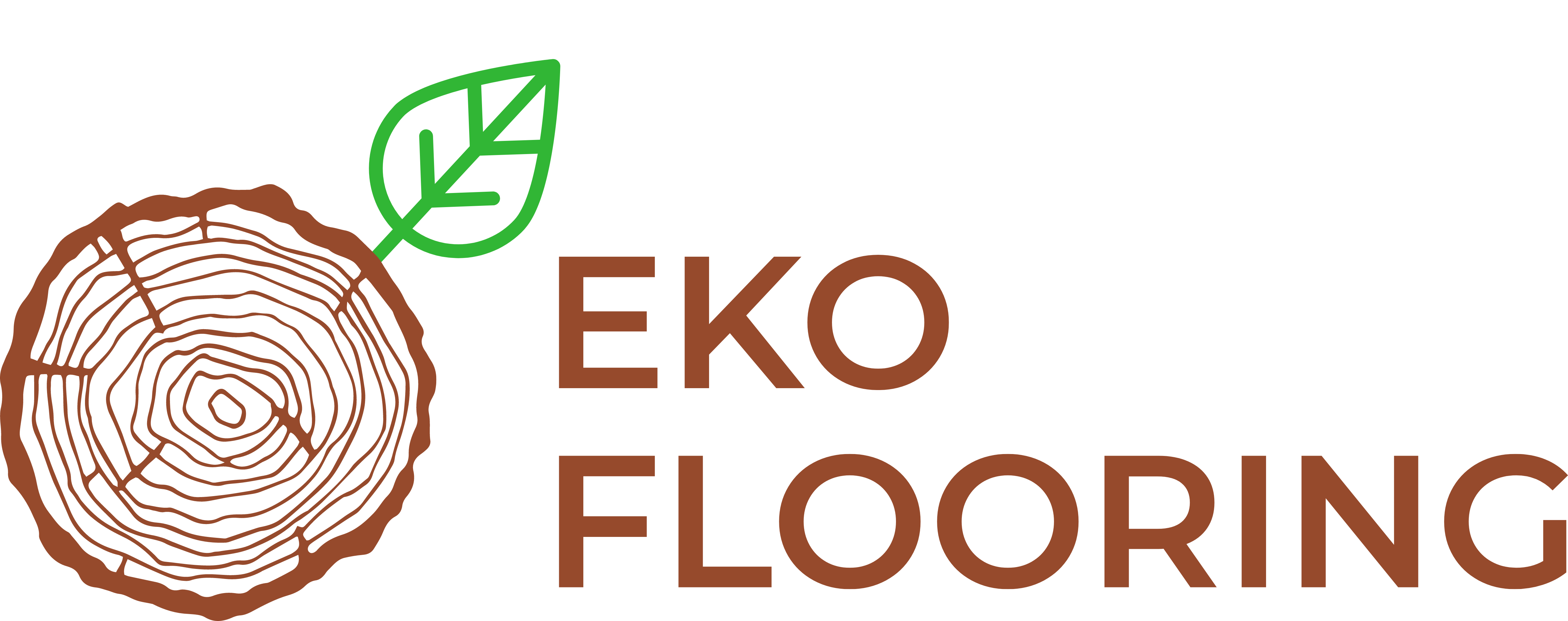Call or Text (818) 917-7736
Laminate Flooring in Los Angeles
The Appeal of Laminate Floors
Laminate flooring in Los Angeles provides a durable, low-maintenance, and visually appealing flooring solution for residential and commercial applications.
Laminate flooring allows you to have the best of both worlds with durable and affordable flooring. It captures the appearance of hardwood or stone beautifully, without the expensive price tags or maintenance concerns.
It is specially engineered to withstand scratches, stains, and wear, which makes it a wonderful option for spaces where there’s a lot of activity. Discover thousands of colors, textures, and engineered finishes.
Find the best selections that show off your unique flair and creative decor tastes! Installation is incredibly easy as well, allowing it to be a fast and less expensive flooring option.
Whether updating a single room or an entire property, laminate flooring combines functionality and aesthetics to meet the diverse needs of Los Angeles residents.
.jpeg)

